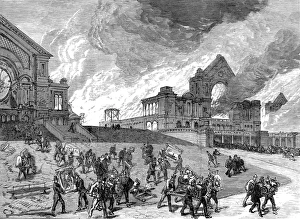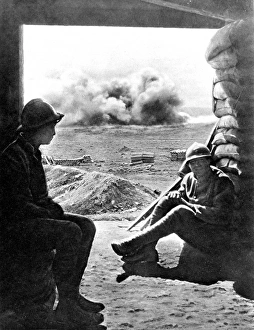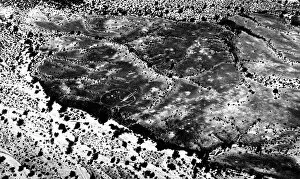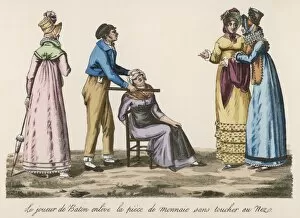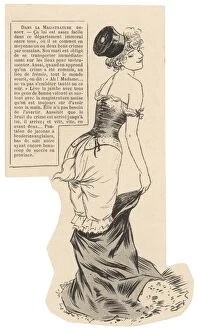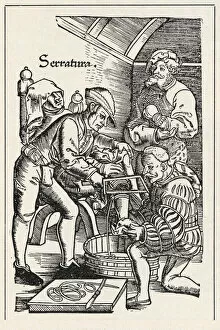Removing Collection (page 21)
From ancient treasures to modern nuisances, the art is an age-old practice
All Professionally Made to Order for Quick Shipping
From ancient treasures to modern nuisances, the art is an age-old practice. In Longwy steelworks, France, the Bessemer converter revolutionized the industry by efficiently removing impurities from molten iron. Similarly, Edward I made history when he symbolically removed the Stone of Scone from Scotland's coronation site. But removal isn't limited to grand gestures alone. From rust treatment to peeling off a T-shirt after a long day, we constantly seek ways to rid ourselves of unwanted elements. Even in medical procedures like draining testicle growths or treating foot corns, removal plays a vital role in restoring health and comfort. Over time, our methods have evolved. Back in 1926, Veet introduced their revolutionary hair removal cream through an iconic advertisement that promised smoothness without hassle. And for those seeking a fresh start on their skin canvas, laser tattoo removal offers a chance to remove past regrets and embrace new beginnings. Not all forms of removal are physical; some take shape as satirical artwork critiquing societal norms. Dentistry and foot corn treatments become subjects for humorous illustrations that poke fun at our fears and anxieties. In archaeology too, removing is essential for unearthing hidden wonders like Howard Carter did while delicately lifting the sphere cover to reveal Tutankhamen's treasures. And even nature enthusiasts partake in this act – collecting eggs at Flamborough Head showcases how humans interact with wildlife while respecting boundaries. Whether it's uncovering historical artifacts or simply shedding layers physically or metaphorically – removing remains an integral part of human existence.




